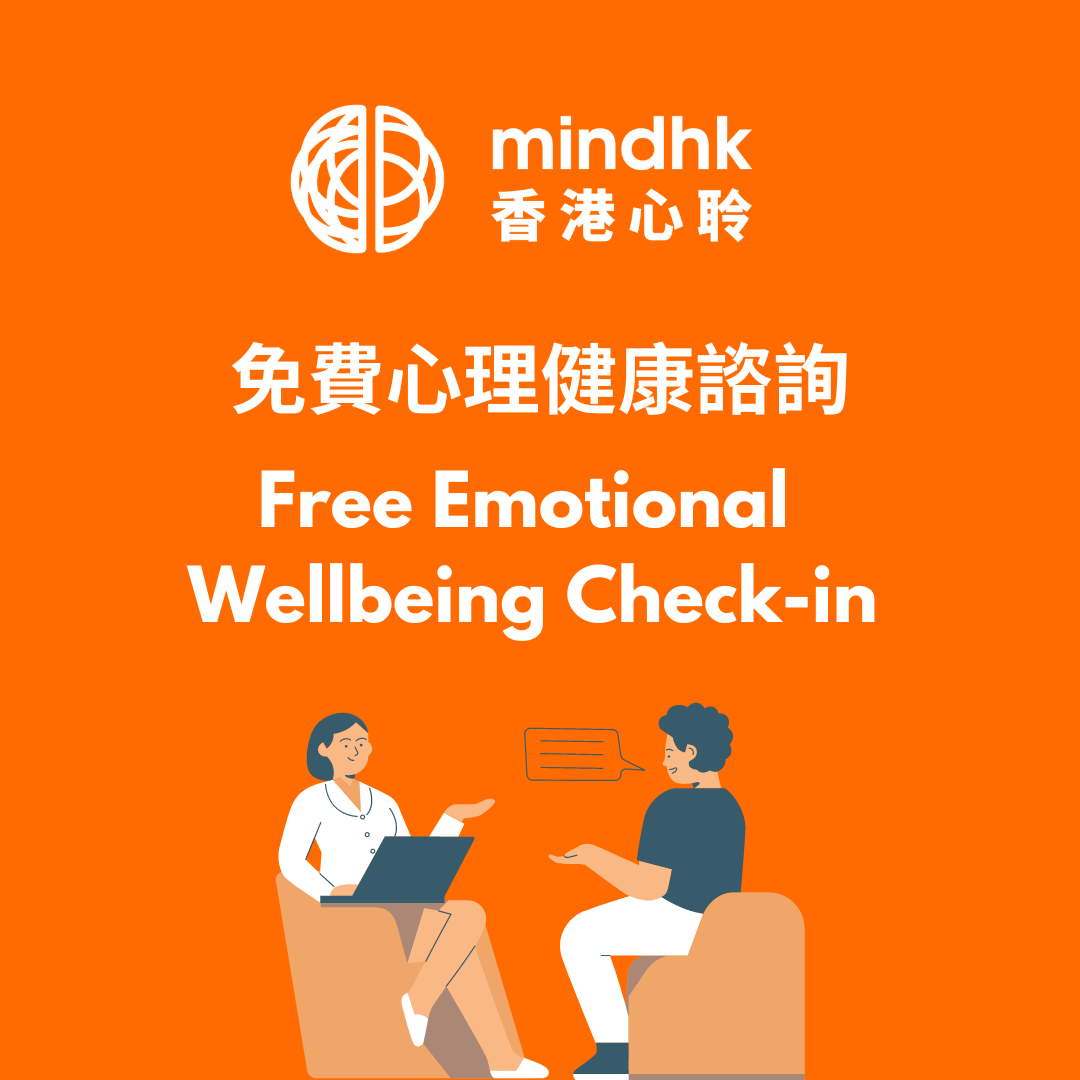What should I expect from a CBT session?
How is CBT delivered?
CBT is usually a short-term treatment, so you wouldn’t be expected to continue with the treatment for a long time. For example, a course of CBT might be delivered in 12 hour-long weekly sessions, spread across 12 weeks. These sessions might be delivered:
- Individually – one-to-one with a therapist
- In a group – with other people who may have similar problems
- Through a self-help book – you might complete exercises from a book
- Through a computer programme
CBT should only be delivered by a trained health care professional. Refresher CBT programmes may be available if you have already completed a course of CBT (your doctor may know more about options in your area).
Computerised CBT
In recent years, professionals have designed and adapted CBT into computerised programmes and they have been proven to be effective in multiple scientific research. There are some online programmes and applications that can help with depression, anxiety, OCD, and other mental health conditions. Here is some information on what the sessions will be like:
How are sessions structured?
A typical structure of a CBT session may include the following:
- At the beginning of the therapy, you and your therapist may explore the problems you want to work on
- When you have agreed which problems you want to focus on and what your goals are, you may start planning the content of sessions and talking about how you could deal with your problems
- During the session, you might work through exercises with your therapist to explore your thoughts, feelings and behaviours. This may be in the form of diagrams or worksheets.
- With CBT you are often given work to do in your own time, so the end of each session you might agree on some exercises to work on afterwards
- At the beginning of your next session your therapist might start by going over the conclusions from your previous session, and discussing what progress you’ve made with any work you agreed to do
“I learnt things about myself, how to manage my thoughts and feelings, how to act upon them and how to deal with letting go of the illness and negative actions and behaviours that keep me from moving on”.
What might I learn?
CBT teaches coping skills for dealing with different problems. You may learn ways of coping with different situations, thoughts, feelings and behaviours.
Feeling anxious: You may learn that avoiding situations could actually increase fears. Confronting fears in a gradual and manageable way can give you faith in your own ability to cope.
Feeling depressed: You may be encouraged to record your thoughts and explore how you can look at them differently. This may help to break the downward spiral of your mood.
Sleep problems: You may learn to recognise the thoughts which make falling to sleep more difficult and learn to challenge these.
Long-standing problems relating to other people: You may learn to check out your assumptions about other people’s motivation for doing things, rather than often assuming the worst.
“It can be daunting when faced with a list of things you can’t do, but CBT helped me to break up my goals into manageable chunks.”
The therapeutic relationship
One to one CBT can bring you into a kind of relationship you may not have had before. CBT favours an equal, non-judgemental relationship between you and your therapist. They should seek your views and reactions to your experiences, which then shape the way your therapy progresses. The collaborative style means that you are actively involved in the therapy.
This therapeutic relationship may help you feel able to open up and talk about things that are difficult or personal to you.
“I was encouraged to try [CBT] again with a different therapist and have just had my 3rd session. I like the therapist and am getting on much better…..the therapist makes a BIG difference!”




